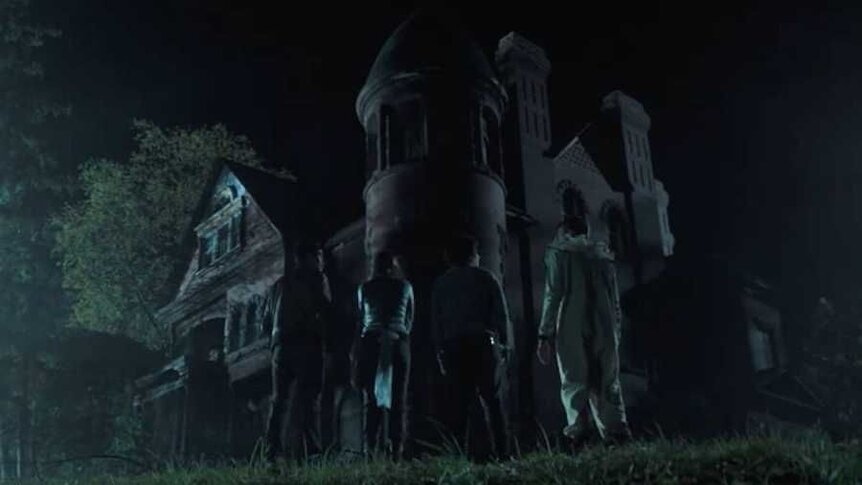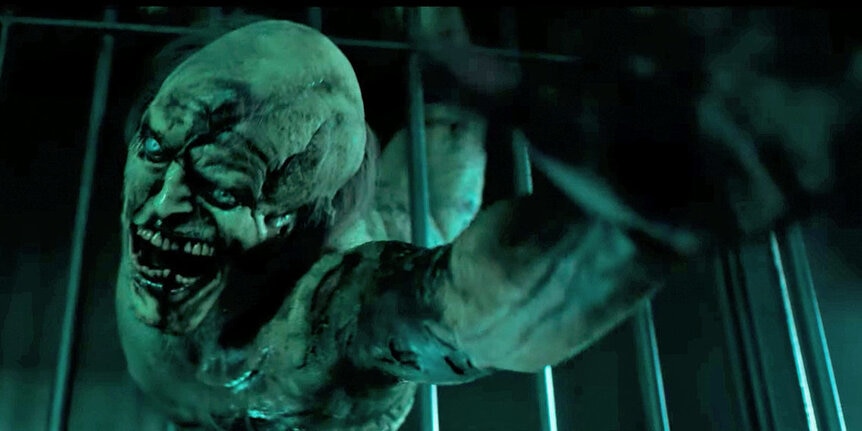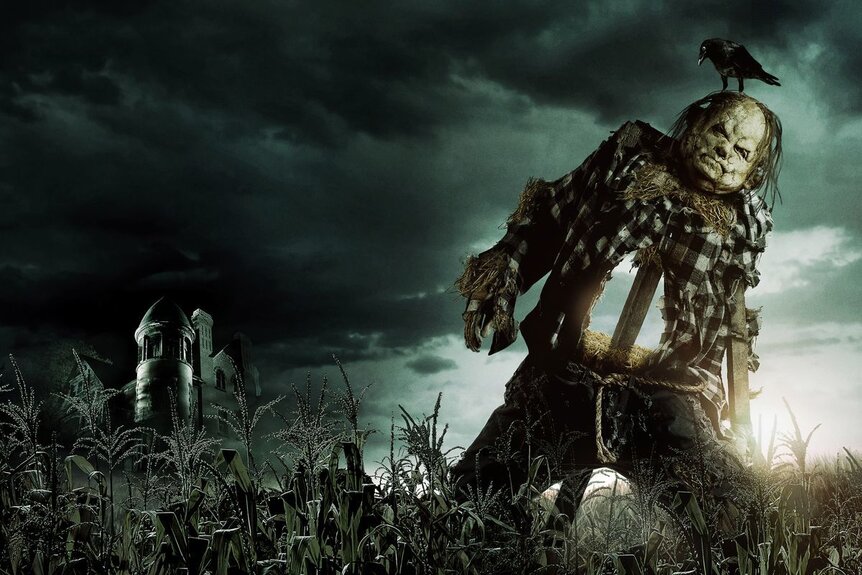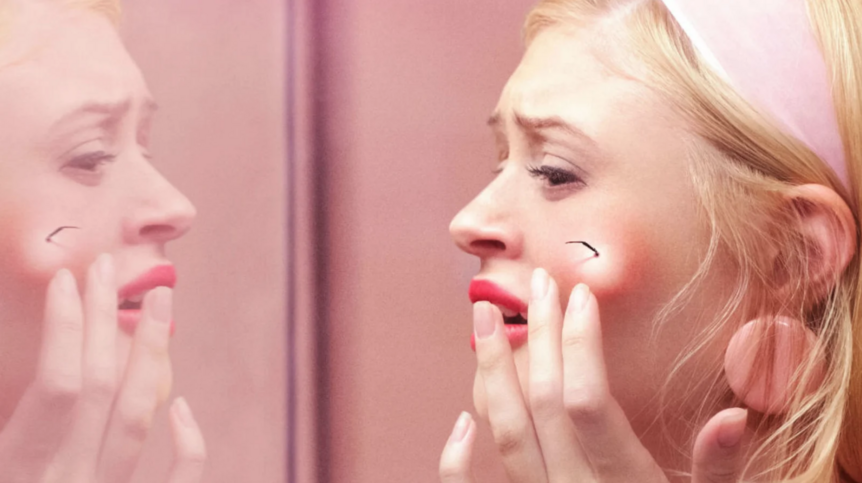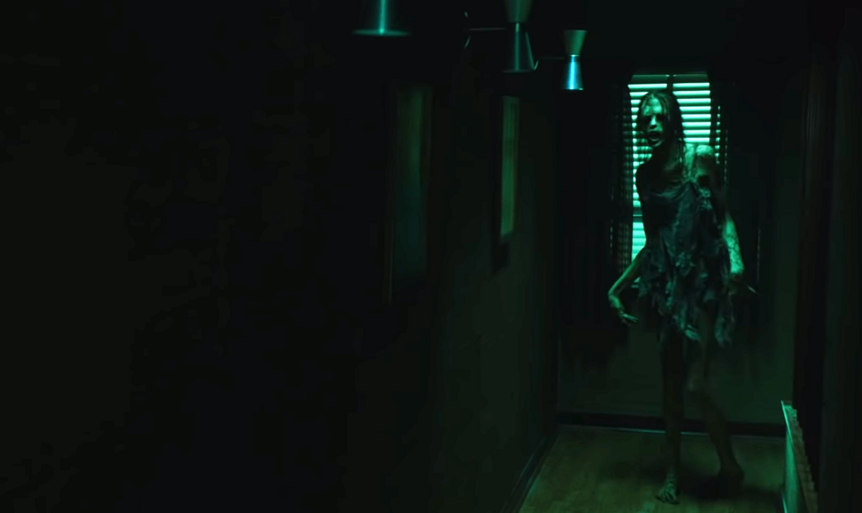Create a free profile to get unlimited access to exclusive videos, sweepstakes, and more!
The scary stories in Scary Stories to Tell in the Dark ranked by how scary the stories are
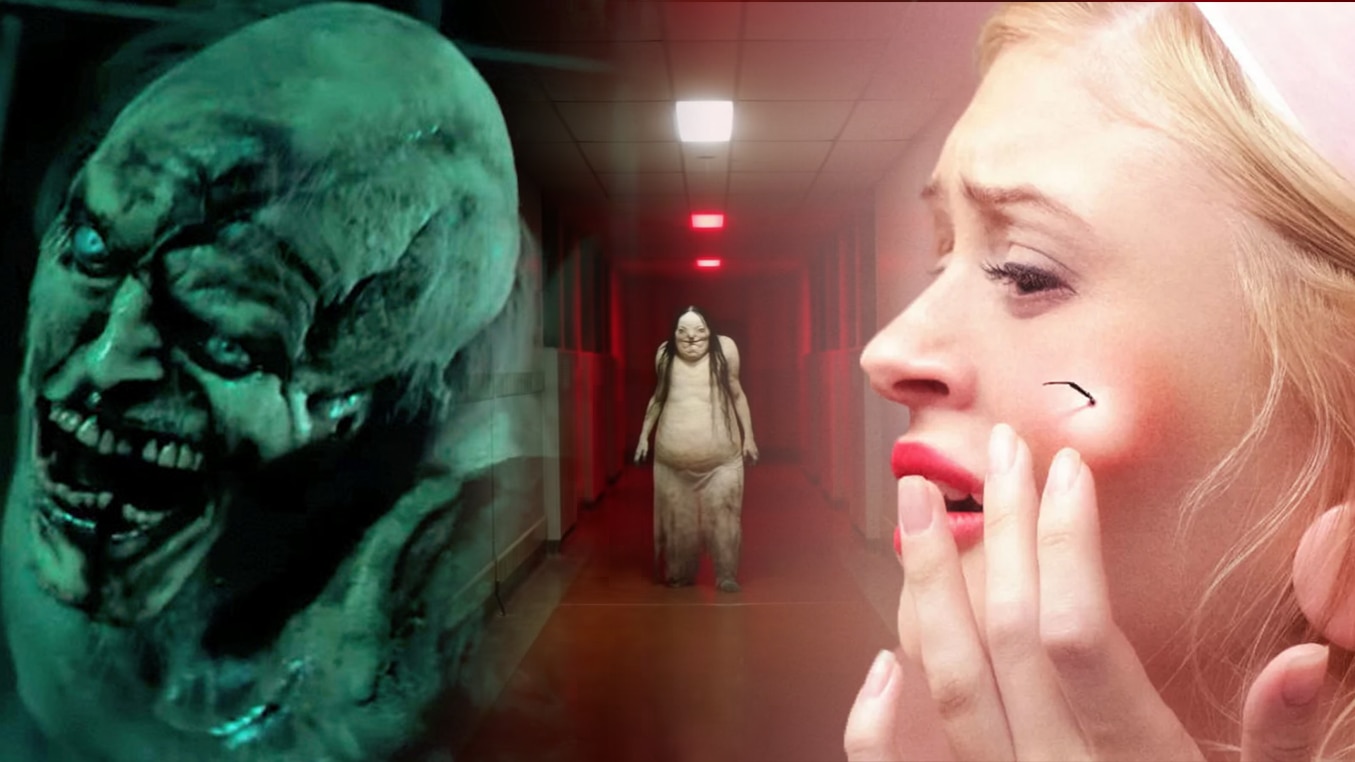
As the name implies, the Scary Stories to Tell in the Dark books are an anthology series. Author Alvin Schwartz found inspiration in classic bits of spooky folklore or urban legends and wrote up several kid-friendly scary stories, accompanied by Stephen Gammell's decidedly not-kid-friendly illustrations.
The new Scary Stories to Tell in the Dark movie, which was produced by Guillermo del Toro and directed by André Øvredal, is not an anthology film. Instead, the movie follows a young girl and her friends in 1968 as they unwittingly unleash a horrible supernatural force. Even so, parts of the Scary Stories movie do feel like an anthology, because the supernatural force haunts its victims with deadly — and familiar — stories that have come to life. These moments, when Scary Stories is actually about the scary stories, are the best part of the film, but some of the stories are better than others.
Here are all the stories from the movie, ranked by how scary they are.
**Spoiler Warning: There are some spooky spoilers for Scary Stories to Tell in the Dark in this article.**
06. 'The Haunted House'
The weakest scary story in Scary Stories is the last one, largely because it has to shoulder too much of the larger plot.
Our heroine, Stella, gets sucked back in time while she’s inside the old Bellows house, and she comes face to face with Sarah Bellows, the tortured writer whose scary stories have been killing all Stella’s friends. Sarah’s ghostly form is eerie, and her abusive siblings are vile, but as a scary story, this version of "The Haunted House" never gets a chance to actually be, well, scary. It's a conclusion to the main story, rather than a scary vignette in its own right.
05. 'Me Tie Dough-ty Walker'
The Jangly Man — the contorting ghoul who can snap his limbs on and off — is a scary monster, but the "talking" dog who heralds his arrival down the police station’s chimney might be the most effectively spooky part of the story.
Once the Jangly Man is in the story, there’s no subtly. He's a beast, chasing after Ramón as he speeds through the streets or flees down hallways in the old Bellows House. As with "The Haunted House,” "Me Tie Dough-ty Walker" becomes more about the conclusion to the main plot of the film. The Jangly Man ramps up the action, sure, but at the expense of the subtlety of the horror.
04. 'Harold'
Harold the killer scarecrow is arguably the most iconic story in the whole Scary Stories franchise, as his grotesque form is on the cover of the first book and posters for the film. The movie does right by Harold, especially when the drunken bully Tommy Milner keeps walking past him in the cornfield — until, all of a sudden, Harold isn't there.
Sometimes, though, the best horror is what you don't see, and when Harold actually moves on camera, awkwardly shuffling after Tommy, it's a bit of a letdown. Thankfully, the segment ends with some great body horror as Tommy starts vomiting straw in a horrible, itchy transformation into a scarecrow himself.
03. 'The Red Spot'
When it comes to body horror, though, you can't beat "The Red Spot."
Ruth, a beautiful teenage girl, finds a little zit on her face, although she later realizes it's a spider bite. As the bump grows, Ruth flees to the bathroom in an effort to conceal it before the school play starts. That's when it moves — and a single spider leg punctures through before the entire side of her face erupts with hundreds of swarming spiders.
Viewers with arachnophobia won't enjoy seeing all those spiders crawling around, but it's almost a relief that they’re no longer inside poor Ruth's face. Having another living creature (or creatures, as is the case here) inside one's body is a horrible invasion, and Scary Stories does a good job of conveying Ruth's horror as her beauty and body are violated.
02. 'The Big Toe'
Jump scares get a bad rap, and often for good reason. They're cheap, and while it's not too hard to surprise people, that's not quite the same as scaring them. "The Big Toe," though, is an incredibly well-done one.
After Auggie realizes that he's accidentally been eating stew that has a human toe in it, he flees in terror to his bedroom as a rotting, nine-toed corpse lurches after him. Unwitting cannibalism is scary on its own, as is the corpse's design, but what makes this story so scary is how long it stretches out the suspense. Auggie slowly, awkwardly crawls out from under his bed because it seems like maybe the corpse is gone. He checks around the room, and then we look through his eyes as he slowly peers over the top of his bed — the only place where the corpse could still be. But, it's nowhere to be found.
Then, just as you've tricked yourself into thinking that maybe the coast actually is clear — BOOM! — there's the corpse underneath the bed. Several of the stories in the Scary Stories books actually ended with instructions to "shout" or yell "boo," so in this way, "The Big Toe" totally nails their shocking spirit.
01. 'The Pale Lady'
You can really feel del Toro's influence — his design aesthetic and appreciation of practical effects — with the Pale Lady. She's an obese, misshapen woman with wispy hair, tiny black eyes, and a thin mouth that stretches across her entire wide face in a subtle, ominous smile. She almost seems kindly, and makes no effort to run after Chuck as he tries in vain to escape her in a maze of hallways. Illuminated by blood-red lights and the occasional flash of a flickering fluorescent bulb, the Pale Lady is in no hurry, and the sense of dire inevitability about her coming makes the scene so scary.
It's a creepy visual with impeccable timing, and it's the part of the movie that will still haunt you after you've left the theater.
